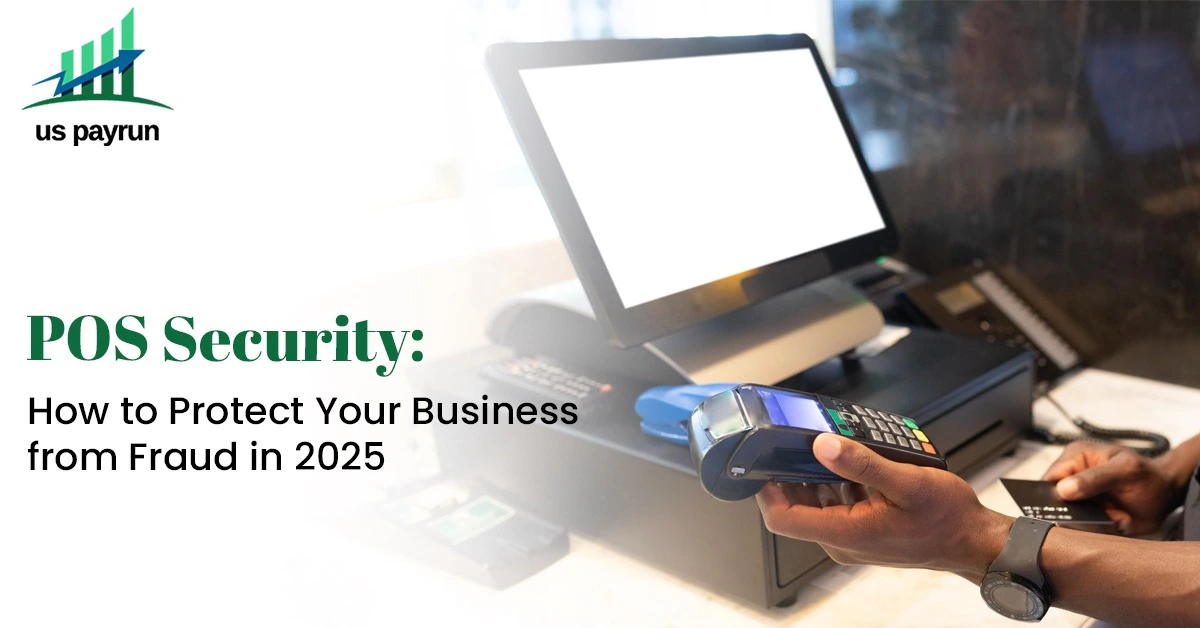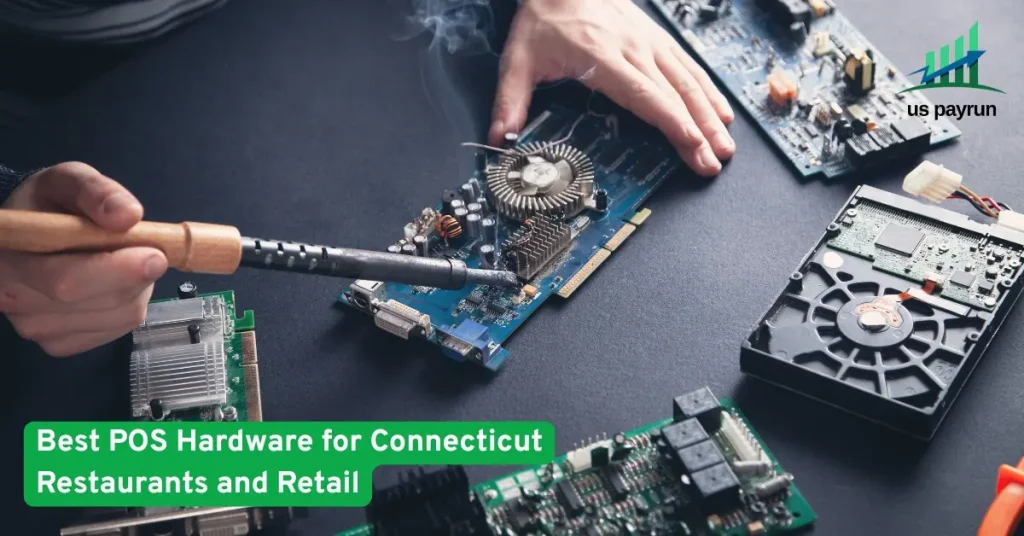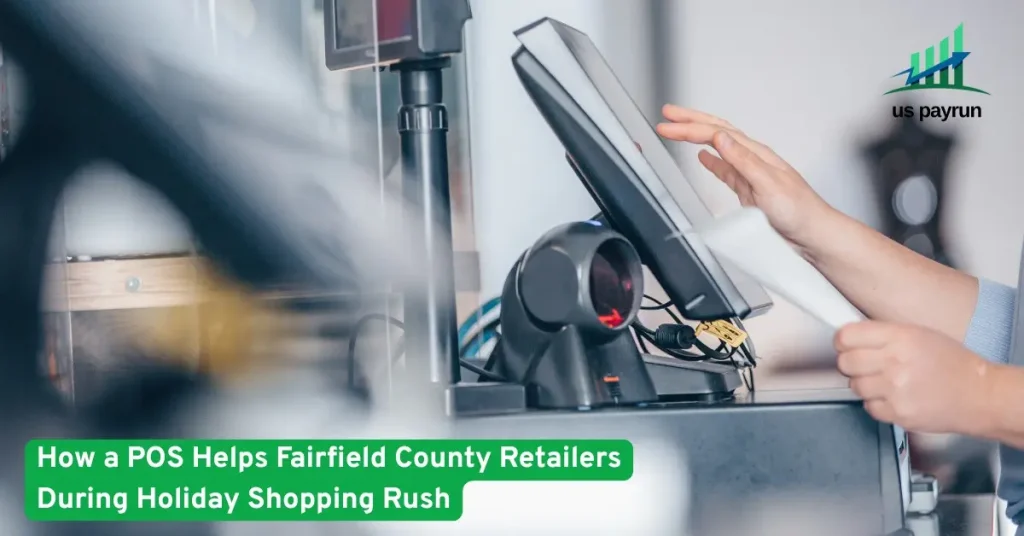
Point-of-sale (POS) systems have become the heartbeat of modern retail, restaurants, and service businesses. While they streamline payments, track inventory, and generate insights, they also remain a prime target for cybercriminals. As we move into 2025, protecting your POS system from fraud isn’t just a best practice—it’s a business necessity.
This guide explains the biggest POS security threats, how to safeguard your business, and what updates in 2025 mean for compliance and protection.
Why POS Security Matters More Than Ever
POS breaches can cost businesses more than just money. From stolen customer data to damaged reputation and regulatory fines, a single incident can set back years of growth. With contactless payments, cloud-based POS, and AI-driven systems, cybercriminals are also evolving their methods.
In 2025, fraud prevention isn’t optional—it’s the foundation of trust between your business and your customers.
Common POS Security Threats in 2025
Understanding the risks is the first step to prevention. The most pressing threats include:
-
Card Skimming & Shimming
Criminals install hidden devices to steal card data during transactions. -
POS Malware & Ransomware
Malware infiltrates systems to capture credit card details or lock down devices until a ransom is paid. -
Network Attacks
Hackers exploit weak Wi-Fi security or unpatched software to gain access. -
Insider Threats
Employees with access may misuse customer data or override security protocols. -
Phishing & Social Engineering
Fraudsters trick staff into revealing login credentials or installing malware.
Key Strategies to Protect Your POS System
1. Upgrade to EMV and NFC
Chip-enabled (EMV) and contactless (NFC) payments are far more secure than magnetic stripe swipes. Ensure your POS supports these methods to reduce fraud risk.
2. Use End-to-End Encryption (E2EE)
Encryption scrambles customer data from the moment of entry until it reaches the payment processor, making it useless if intercepted.
3. Enable Tokenization
Replace sensitive card details with unique tokens, so even if data is stolen, it cannot be reused.
4. Regular Software & Firmware Updates
Cybercriminals exploit outdated systems. Always patch and update your POS to close security gaps.
5. Secure Your Network
Use firewalls, VPNs, and separate networks for POS systems and guest Wi-Fi. Weak networks are often the entry point for hackers.
6. Train Employees on Security Best Practices
Staff should be able to recognize phishing emails, suspicious activity, and fraudulent transactions.
7. Multi-Factor Authentication (MFA)
Require more than just a password to access the POS system. MFA significantly reduces the risk of stolen credentials.
8. Conduct Regular PCI Compliance Checks
Being PCI DSS compliant ensures your business meets industry security standards for handling card data.
POS Security Trends to Watch in 2025
-
AI Fraud Detection
Advanced AI tools now monitor transactions in real time, spotting unusual patterns instantly. -
Biometric Authentication
Fingerprint and facial recognition are being integrated into POS systems for higher security. -
Cloud-Based POS Security Enhancements
Cloud vendors are introducing stronger encryption, faster patches, and better fraud monitoring. -
Stricter Regulations
Expect tighter data protection laws in 2025, with higher penalties for businesses that fail to secure customer information.
Best Practices for Business Owners
-
Audit your POS system quarterly.
-
Limit employee access to sensitive data.
-
Invest in reliable POS providers with strong security features.
-
Set up alerts for unusual transactions or login attempts.
-
Always back up data securely in case of ransomware.
FAQs on POS Security
1. What is the most secure form of payment in 2025?
EMV chip cards and NFC contactless payments remain the most secure, especially when combined with encryption and tokenization.
2. Do small businesses really need to worry about POS fraud?
Yes. Cybercriminals often target small businesses because they assume weaker security measures are in place.
3. How can I check if my POS is PCI compliant?
Ask your POS provider for compliance certificates and perform regular scans using approved vendors.
4. What should I do if I suspect a POS breach?
Immediately disconnect affected systems, contact your POS provider, inform your payment processor, and follow legal breach reporting requirements.
Final Thoughts
POS security in 2025 isn’t about avoiding fines—it’s about protecting your customers, your reputation, and your revenue. By investing in secure POS technology, following compliance standards, and training your team, you can stay one step ahead of fraudsters.
When choosing a POS system, look for providers that prioritize encryption, tokenization, AI monitoring, and PCI compliance. Strong POS security isn’t just a feature—it’s a promise of trust to your customers.



